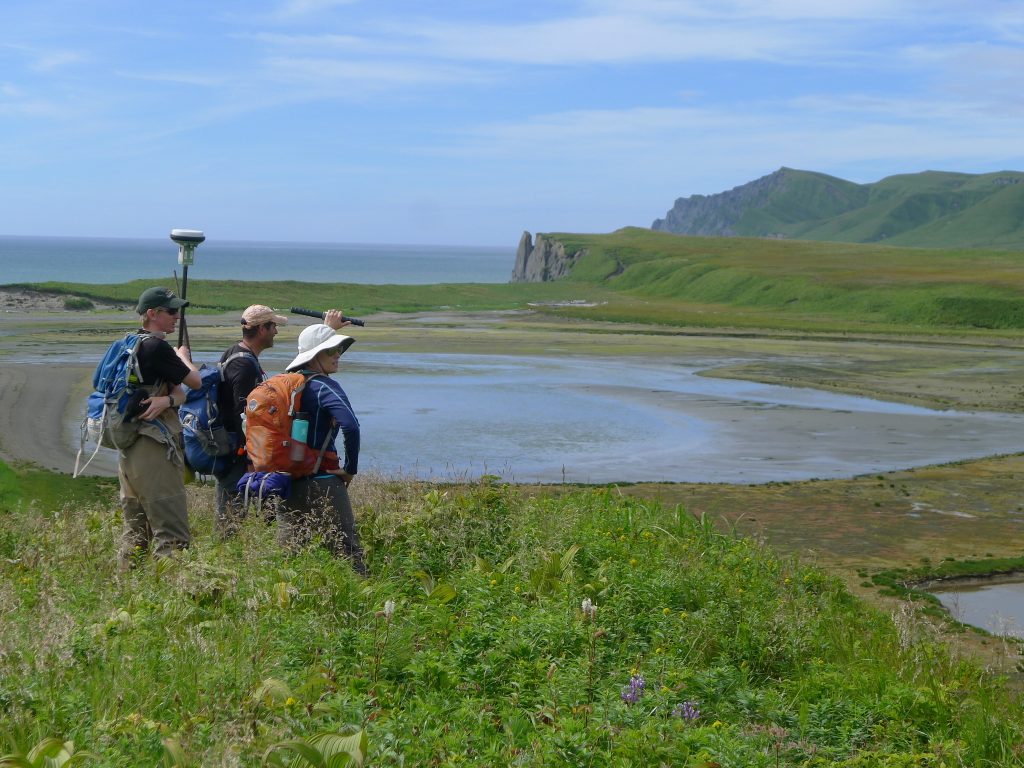A special seminar cohosted by the University of Texas Institute for Geophysics and the Bureau of Economic Geology.
Friday, October 25, 2024 at 3:00pm CT

Speaker: Tina Dura, Assistant Professor of Natural Hazards, Department of Geosciences, Virginia Tech
Host: Demian Saffer
Title: Improving Subduction Zone Hazards Assessments Using the Coastal Stratigraphic Record
Abstract: Seismic hazard models for Alaska require estimates of the size and frequency of prehistoric megathrust earthquakes. However, geologic observations that place limits on the size of prehistoric earthquakes along the Alaska-Aleutian subduction zone are scarce so current hazard maps for the region must rely on short instrumental records of seismicity. To help place bounds on the along-strike extent of prehistoric Alaska-Aleutian subduction ruptures, we employ coastal stratigraphic and microfossil methods at a series of coastal sites (Old Harbor, Sitkalidak, and Sitkinak) spanning the western portion of the AD 1964 Mw9.2 rupture patch. We find evidence at all three sites for earthquakes AD 1964, AD 1788, and ~400 cal yr B.P. Our geologic evidence shows that past ruptures in the region extended beyond the western limit of the 1964 rupture and show that permissible maximum magnitudes of future Alaska-Aleutian subduction zone ruptures should consider the possibility for larger, multi-segment earthquakes than those that have occurred in the historical and instrumental period. We also consider how a future multi-segment Alaska-Aleutian subduction zone earthquake and associated tsunami would propagate across the Pacific Ocean and affect the coast of California, and compare the effects to previous distant-source tsunami scenarios.

